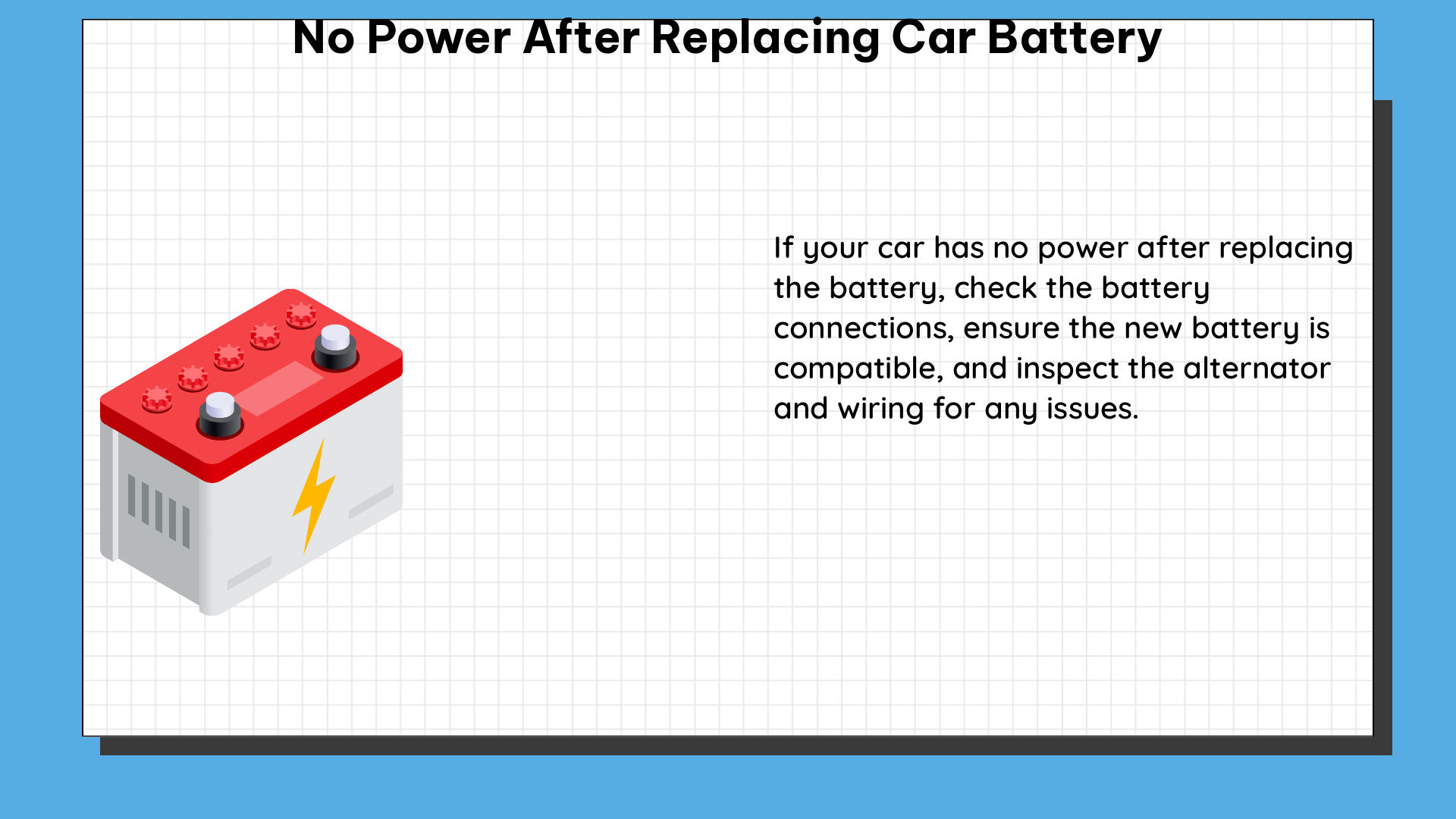When replacing a car battery, it’s not uncommon to encounter a “no power” issue, where the vehicle fails to start or function properly after the battery swap. This comprehensive guide will walk you through the various measurable and quantifiable data points to consider when diagnosing and resolving this problem, ensuring your car is back on the road in no time.
Measuring Battery Voltage
One of the first steps in troubleshooting a “no power” issue is to measure the battery voltage. Before and after replacing the battery, use a multimeter to ensure the voltage is within the recommended range, typically between 12.4V and 12.7V when the engine is off. A voltage reading outside this range could indicate a weak or dead battery, or an issue with the charging system.
If the new battery’s voltage is below 12.4V, it may not have enough power to start the vehicle. In this case, you should consider charging the battery or replacing it with a fresh, fully charged unit. Conversely, a voltage reading above 12.7V could suggest a problem with the alternator or voltage regulator, which may need to be inspected and repaired.
Dissipating Residual Electricity

When disconnecting the old battery, it’s crucial to allow enough time for the residual electricity in the car’s circuits to dissipate completely. This process can take anywhere from 15 minutes to an hour, depending on the vehicle’s electrical system complexity.
Failing to wait for the residual electricity to clear can result in issues with the car’s computer, sensors, and other electronic components. During this time, the car’s computer will reset to its default settings, which may cause temporary problems until the system relearns its optimal parameters.
Scanning for Trouble Codes
After replacing the battery, it’s common for the check engine light to illuminate on the dashboard. This is often due to the car’s computer losing its memory and needing to relearn its settings. To diagnose the issue, use an OBD-II scanner to check for any trouble codes that may have been set.
The trouble codes can provide valuable insights into potential problems with the vehicle, such as issues with the alternator, sensors, or other electrical components. By addressing these codes, you can often resolve the “no power” problem and ensure the car is functioning correctly.
Resetting the ECU
In addition to checking for trouble codes, it’s essential to reset the car’s Engine Control Unit (ECU) after replacing the battery. The ECU is responsible for managing the vehicle’s engine and electrical systems, and it needs to relearn its optimal settings after a battery change.
To reset the ECU, you can either drive the car for 10-15 miles or use a diagnostic tool to perform a “battery reset” procedure. This process allows the ECU to adapt to the new battery and relearn its ideal parameters, ensuring the car’s systems are functioning as intended.
Verifying Battery Age
Finally, it’s crucial to check the age of the new battery you’ve installed. Batteries typically have a shelf life of 6-12 months, and using an old battery can result in premature failure or reduced performance.
When purchasing a replacement battery, make sure to check the manufacturing date or the battery’s age. If the battery is older than 6 months, consider returning it and getting a fresh, recently manufactured unit to ensure optimal performance and reliability.
Troubleshooting Checklist
To summarize the key steps in troubleshooting a “no power” issue after replacing a car battery, here’s a handy checklist:
- Measure the battery voltage to ensure it’s within the recommended range (12.4V to 12.7V).
- Allow 15 minutes to 1 hour for the residual electricity to dissipate from the car’s circuits.
- Scan for any trouble codes using an OBD-II scanner and address any issues.
- Reset the ECU by driving the car for 10-15 miles or using a diagnostic tool.
- Verify the age of the new battery and ensure it’s a recently manufactured unit.
By following this comprehensive troubleshooting guide, you’ll be well on your way to resolving the “no power” issue and getting your car back on the road.
References:
- Troubleshooting a Car That Won’t Start After Battery Replacement
- Do I Need to Reprogram My Car After Battery Replacement?
- Does Battery Replacement Require Software Reset of Some Kind?
- Car Won’t Start Even After Replacing the Battery

The lambdageeks.com Core SME Team is a group of experienced subject matter experts from diverse scientific and technical fields including Physics, Chemistry, Technology,Electronics & Electrical Engineering, Automotive, Mechanical Engineering. Our team collaborates to create high-quality, well-researched articles on a wide range of science and technology topics for the lambdageeks.com website.
All Our Senior SME are having more than 7 Years of experience in the respective fields . They are either Working Industry Professionals or assocaited With different Universities. Refer Our Authors Page to get to know About our Core SMEs.